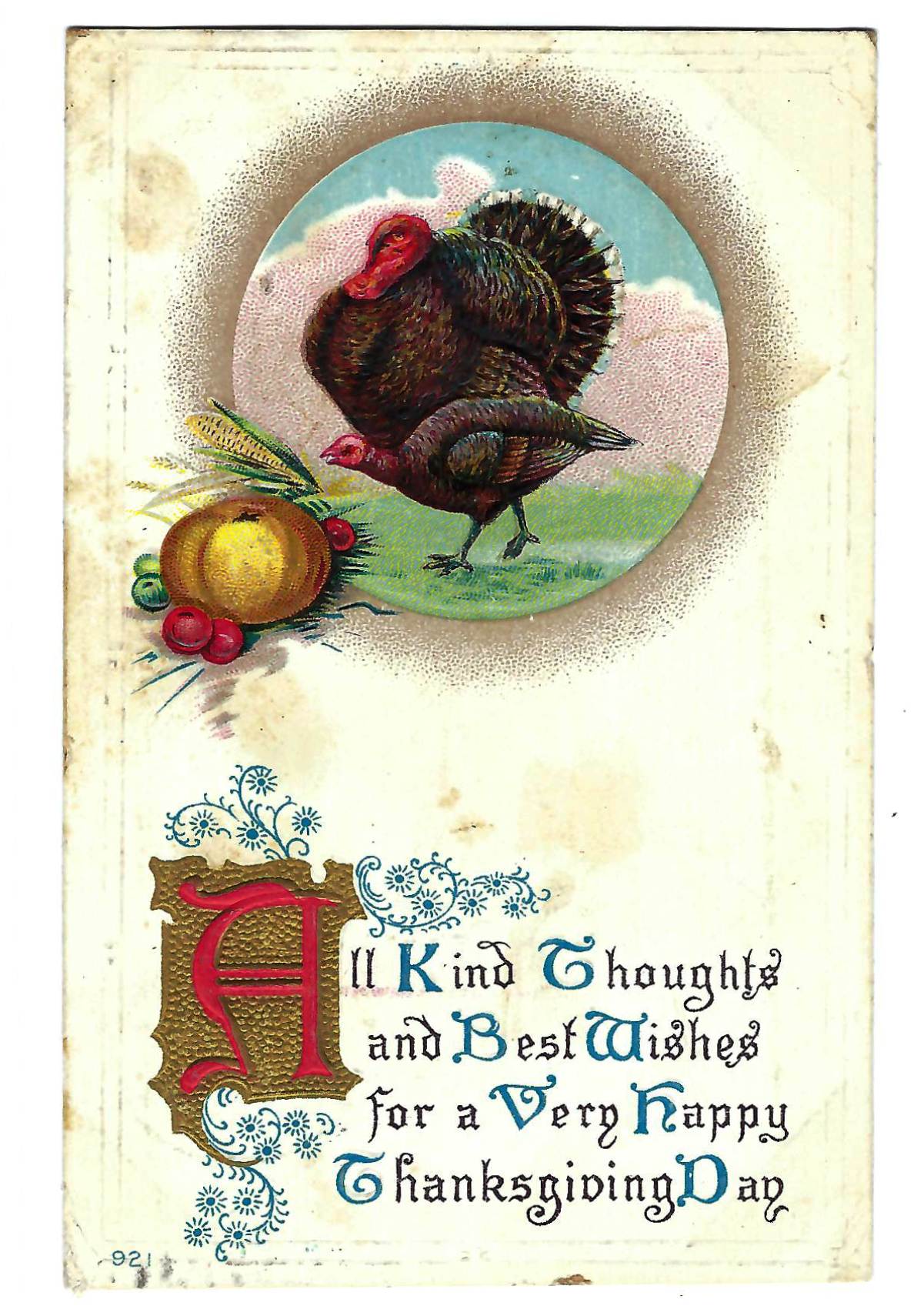By Michael Bushnell
Northeast News
December 3, 2014
Construction of the Hannibal Bridge almost didn’t happen in Kansas City.
Leavenworth, Kan., and Kansas City were both in a literal race for their city’s future in the mid-1860s. Although only a fledgling town of a little more that 32,000 souls, Kansas City won the day. The bridge would become a reality largely through the efforts of some of its finer citizens with the shared dream of building the first railroad bridge across the Missouri River here in Kansas City.
Early in 1866, some of Kansas City’s more prominent businessmen learned that Leavenworth, some 20 miles upstream, had already started a railroad spur to connect with the westbound Hannibal and St. Joseph Railroad coming through Cameron at the time. Undaunted, they sent businessman Kersey Coates to Boston where the directors of the Hannibal and St. Joseph were negotiating locations for future Missouri River rail bridges.
Coates fought hard and persuaded the directors to postpone any decision on the placement of bridges until the following day. Upon receiving the stay, Coates promptly sent a telegram to Congressman R.T. Van Horn in Washington, D.C., alerting him of the pending Leavenworth decision.
Van Horn sprung into action and brought an amendment to a bill already under consideration by the house to construct several bridges over the Mississippi River. Van Horn added the Kansas City location to the bill and brought the matter to a swift vote noting the absence of any Kansas representative on the House floor. The bill passed and construction of the Hannibal Bridge began in earnest in 1867 under the guidance of noted Civil Engineer Octave Chanute.
The bridge shown on this postcard took two-and-a-half years to construct and proved to be Chanute’s crowning achievement in a lifetime of civil engineering firsts.
The bridge opened to rail traffic on July 3, 1869. The city hosted a massive celebration that included brass bands and balloon ascensions and speeches by prominent residents of the day.
Afterward, a huge barbeque was held and the entire population of 32,260 people was invited. The morning after the bridge opened, the daily newspaper — The Journal Post — proclaimed Kansas City “from now on would boom.”


















